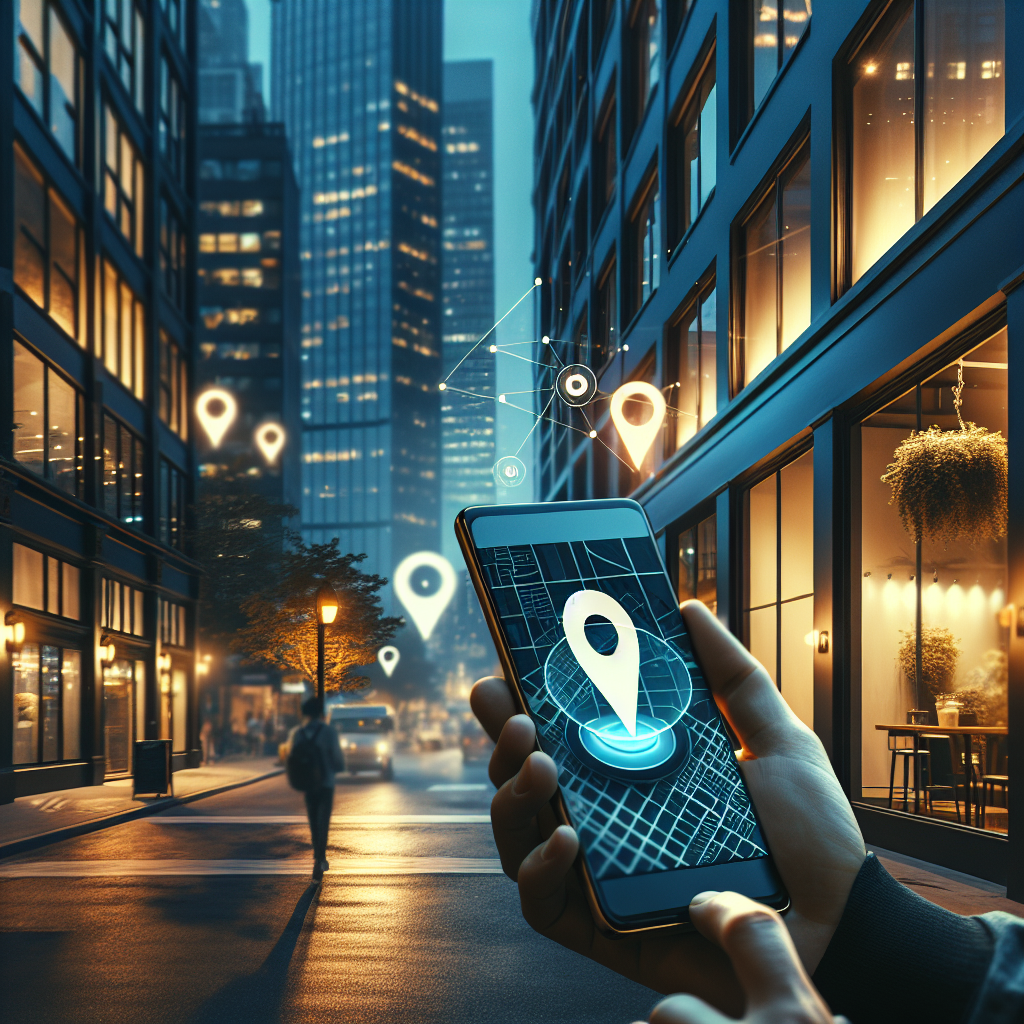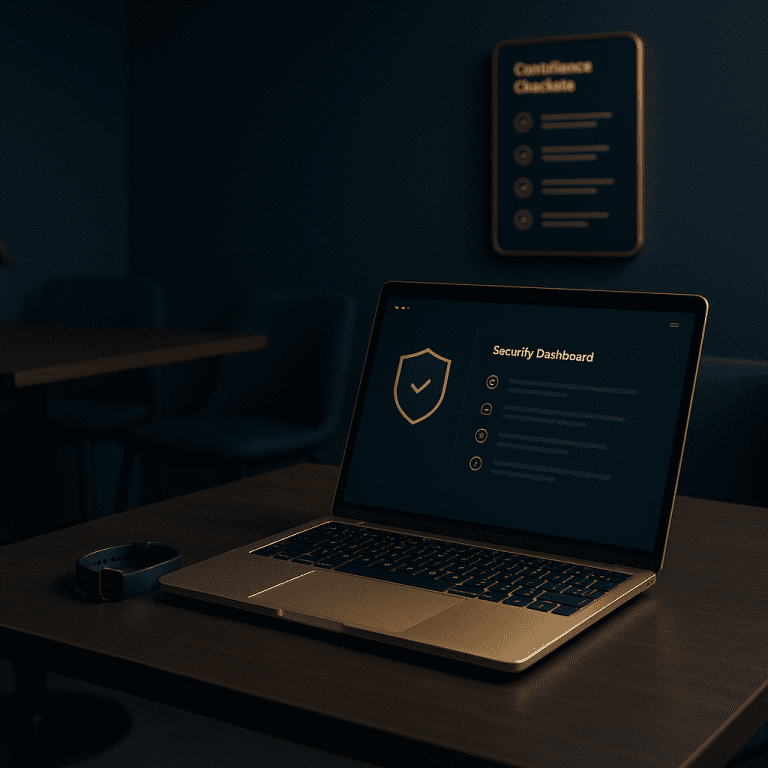Geofencing technology offers startups a powerful way to attract new customers and keep existing ones engaged. When used correctly, it can give businesses a major competitive edge, especially in local markets. In this article, we’ll break down what geofencing is, examples of startups using it successfully, and important ethical tips to keep in mind.
Understanding the Basics: What Is Geofencing and How Does It Work?
Geofencing is a location-based service that creates an invisible boundary around a specific geographic area. When someone with a smartphone enters or leaves this area, it can trigger personalized alerts, advertisements, or messages. Geofences are often set up using GPS, Wi-Fi, RFID, or even cellular data.
For example, a coffee shop might set up a geofence around a busy park nearby. When people walk through that park with location services turned on, they could get a notification offering a discount on their next coffee. It’s a way to directly connect with customers when they are physically close to your business.
Setting up a geofence usually involves digital mapping tools where businesses draw a virtual boundary and link it to marketing actions. With many digital advertising platforms supporting geofencing, it’s now easier than ever for startups to tap into this technology without big budgets.
Case Studies: Startups Successfully Using Geofencing for Hyper-Local Marketing
Several startups have used geofencing to grow their customer base quickly and boost loyalty. Let’s look at a few inspiring examples:
Food Delivery App Boosts Orders
A small food delivery startup used geofencing around college campuses and business centers. When students or office workers entered or exited these areas around lunchtime, they would receive app notifications offering special discounts or free delivery. As a result, the app saw a 35% increase in daily active users within three months.
Retail Boutique Attracts New Shoppers
A boutique clothing store created a geofence around a nearby shopping mall. When shoppers entered the mall, they were sent an SMS with a special “mall exclusive” offer encouraging them to visit the boutique a few blocks away. This campaign increased foot traffic by 20% and helped establish brand recognition among local shoppers.
Fitness Studio Increases Class Bookings
A startup fitness studio placed a geofence around several corporate buildings nearby. Workers getting off work received push notifications about evening workout classes and membership deals. This strategy led to a 15% increase in trial signups and helped fill up evening classes that previously had low attendance.
These examples show that when startups use geofencing smartly, they can reach potential customers exactly when and where it matters most.
Ethical Considerations and Best Practices in Using Geofencing for Customer Engagement
While geofencing can be highly effective, it’s important to use it ethically and responsibly. Respecting privacy and building trust should be a top priority for startups.
Be Transparent
Always let customers know if you’re using location-based marketing. Clear disclosures about data collection builds trust and meets legal requirements such as GDPR or CCPA.
Get Consent
Before sending location-triggered notifications, get user permission. Most apps and websites now ask users if they are willing to share their location data, and customers appreciate having a choice.
Limit the Frequency
Sending too many notifications can annoy users and cause them to opt out. Respect their time and attention by only sending relevant, timely messages.
Protect Customer Data
Location data is sensitive. Make sure to secure it properly, avoid unnecessary data storage, and only use it for purposes customers have agreed to.
By following these best practices, startups not only avoid potential legal trouble but also create a positive experience that keeps customers loyal in the long run.
Conclusion: Why Geofencing Is a Must-Try for Startups
Geofencing offers startups an exciting opportunity to connect with customers based on where they are. It’s affordable, effective, and can be customized to fit almost any type of business. By understanding how it works, learning from real-world examples, and making sure to use it ethically, startups can unlock powerful new ways to grow their customer base and build lasting loyalty. As local competition intensifies, smart use of geofencing can help startups stand out and succeed.
Share this content:




